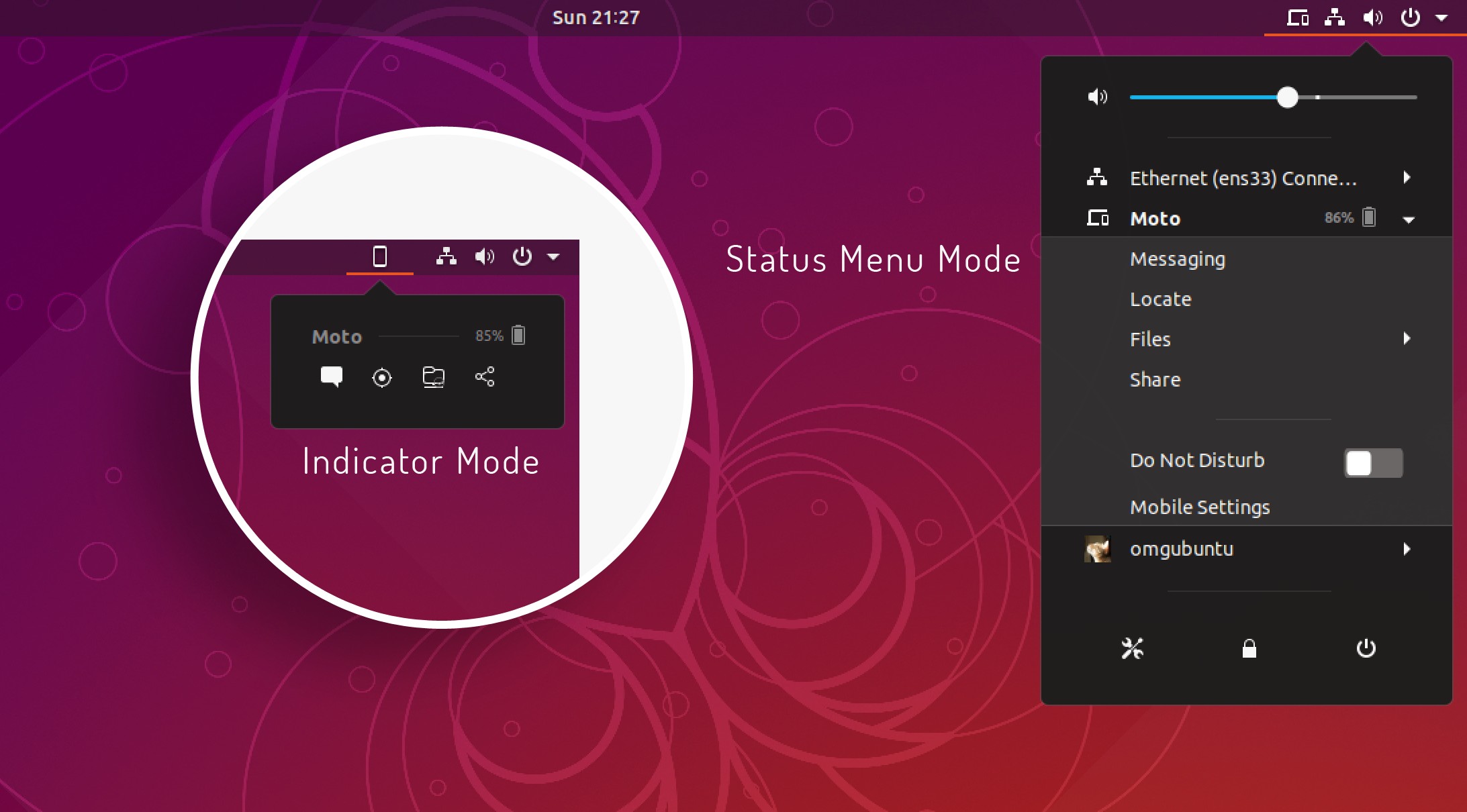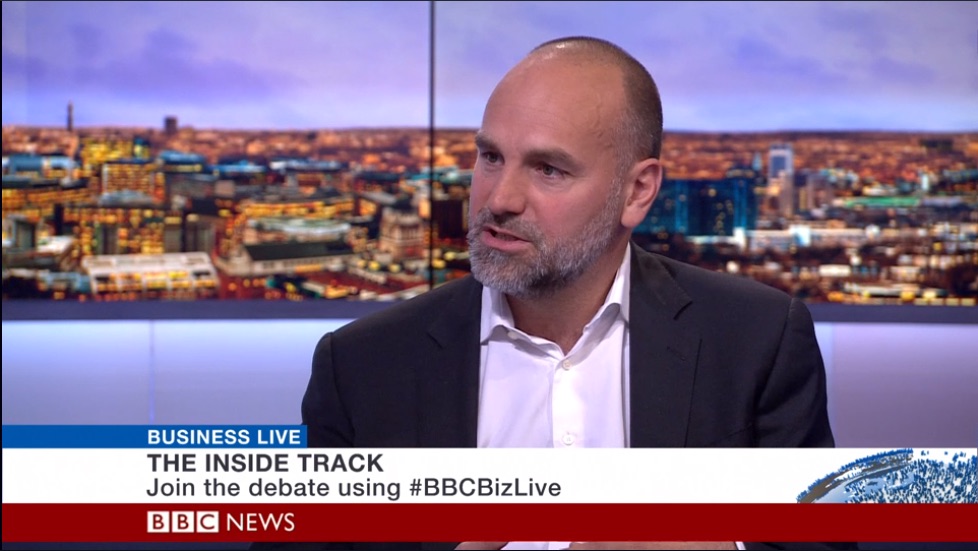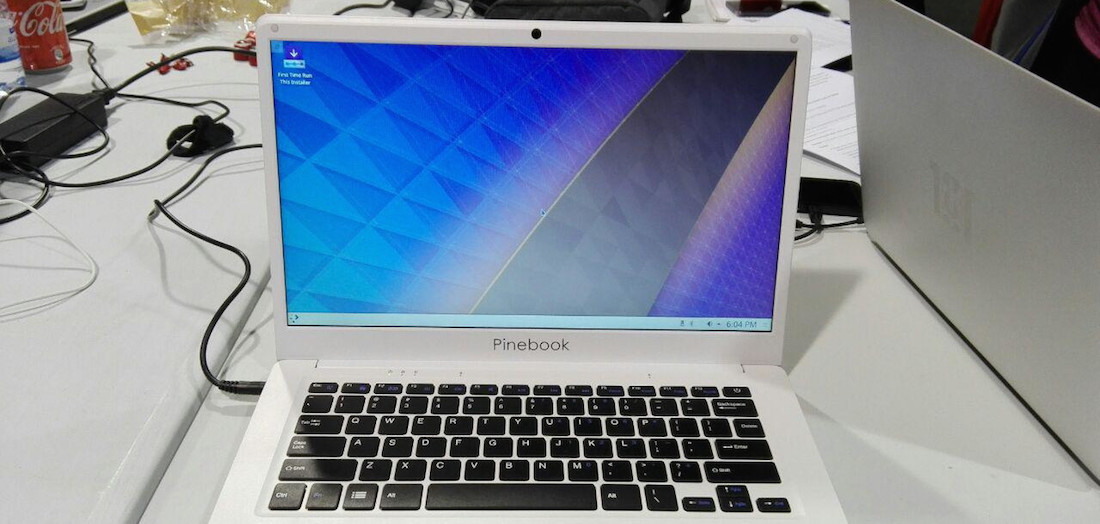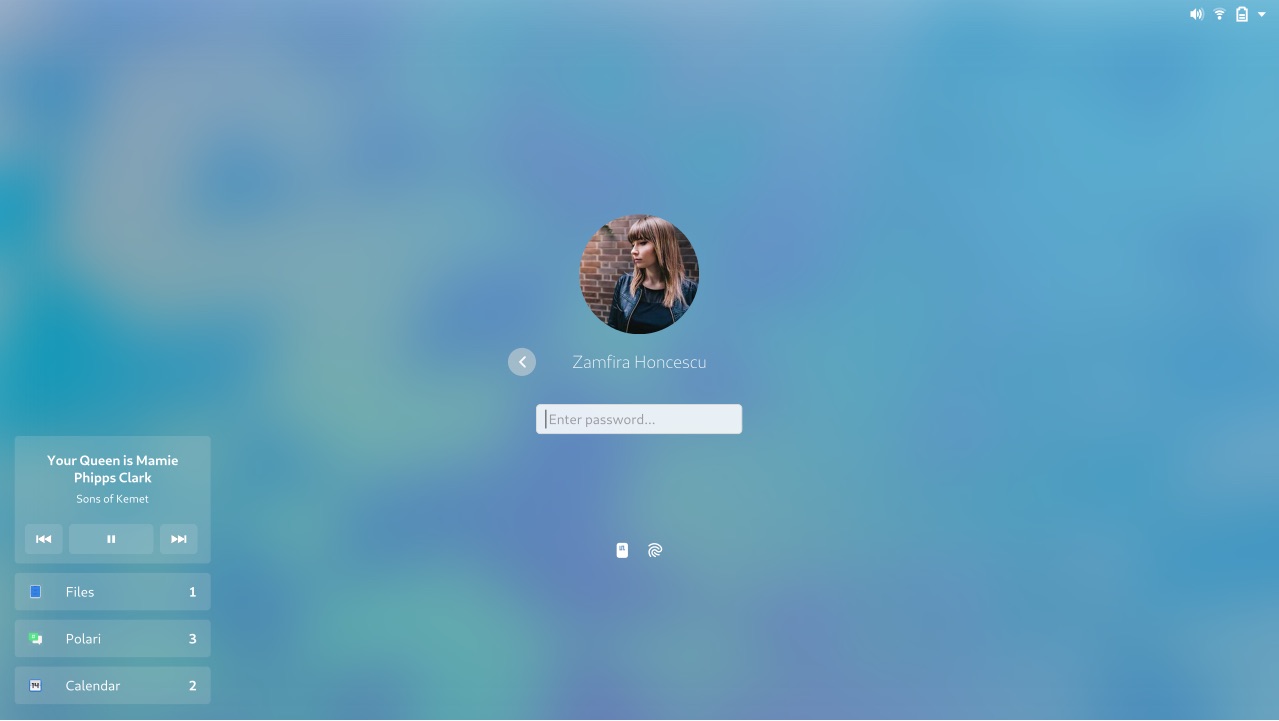With a brand new year about to kick off my mind is in a contemplative mode, wondering what the next twelve months might hold for Linux and the wider open source community.
So naturally, and without any shred of originality, I’m going to share my Linux predictions for 2019.
Now, I am not psychic; whether any of my Linux predictions actually happen, or whether they stay wannabe “would’ve-beens” left to loiter in my head, is totally unknown.
If 2018 taught us anything it’s that the world of open source is far from predictable…
But if 2018 taught us anything it’s that the world of open source is far from a predictable or formulaic one.
The past 12 months alone saw:
- SUSE sold for $2.5 billion
- IBM buy Red Hat for $34 billion
- Ubuntu return to critical success
- Controversies in the Linux kernel community
- Microsoft embrace open source further
- Leap in Linux firmware support from OEMs
- Linux gaming pick up steam
Will 2019 top that? What surprises might the year have in store for Ubuntu, Linux, and the wider open-source community? Will the new OMG! site design ever be finished?!
Below sit a crop of (potentially unlikely) predictions for Linux in 2019. Please, do share your own Linux predictions for next year in the comments section at the bottom of the post.
Linux Predictions 2019
1. The Great Ubuntu Revival Will Continue
Okay, so an Ubuntu-focused news site bigging up a new release of Ubuntu is hardly shocking, right? But bear with me.
I think that next year’s releases of Ubuntu 19.04 and Ubuntu 19.10 will continue to fuel the Great Ubuntu Revival™ we’ve seen take place since the Unity U-turn of 2017, cemented by the success of Ubuntu 18.04 LTS.
Ubuntu 19.04 is set to ship with some major usability improvements, including GSConnect by default (pictured above), a new desktop Clocks app, and content-indexing service Tracker. This alone should ensure there’s plenty for tech blogs (and users) to enthuse about.
Ubuntu 19.10 on the other hand is less defined. It will be the last chance Ubuntu devs get to introduce major changes.
The release will lay the foundation for the next major long-term support release, Ubuntu 20.04 LTS due in April 2020. As such, this could be this release that debuts the planned new Ubuntu installer appear, Software Center ‘editorial’ changes, and further Snap app integration.
2. Canonical IPO Won’t Happen (Yet)
Many think that 2019 will be the year that Canonical finally goes public, opening itself up to investors.
Though long rumoured, and part of Mark Shuttleworth’s broader vision for Ubuntu and Canonical, the found said we wouldn’t see Canonical IPO in 2018. Sure as socks are made for feet, we didn’t.
Canonical is a valuable company. It’s leading in all the right races, from containers to cloud to IoT to AI
“There is a process that you have to go through and that takes time. We know what we need to hit in terms of revenue and growth and we’re on track,” Shuttleworth told TechCrunch back in May.
Canonical is a valuable company. It’s leading in all the right races, from containers to cloud to IoT to AI. It’s a value that companies and investors looking to own a piece of the increasingly lucrative stack that powers pretty much everything won’t be shy in noticing.
That said, I don’t think Canonical will IPO in 2019. The company is still only part-way through a major about turn, ditching its unprofitable projects to focus on its strengths. While it’s come quite far already I get the sense it’s still not quite where it wants to be.
I also don’t think Microsoft will buy Canonical this year.
Whether profitable or unprofitable all of Canonical’s endeavours hinge on Ubuntu, the OS.
What would a Canonical IPO mean for Ubuntu, the desktop operating system? That’s unclear, but since the OS underpins everything else the company does, be it in core, containers or cloud, there’s no immediate threat to its existence.
Canonical is investing major engineering time to hone the Ubuntu desktop experience. It’s working with upstream GNOME Shell developers, and the wider FOSS community on everything from buttery-smooth animations to a rock-solid dock.
It’s also got its eyes on a bigger prize with Snaps, the distro-agnostic packaging format.
3. Linux 5.0 Kernel Release

Okay: this is less of a prediction and more informed expectation.
While Linus Torvalds didn’t think the world was ‘ready’ enough to birth the Linux 5.0 kernel in 2018, it’s almost inevitable that the Linux 5.0 release will occur sometime in 2019.
A major versioning leap, the Linux 5.0 kernel will likely include streamlined code, performance improvements and even greater hardware support. ARM support in particular is coming along at a clip.
Linux 5.0 will be faster, more secure, and more powerful than any release before it — more than worth getting excited for.
4. New, Novel Hardware
From the versatile Raspberry Pi and Banana Pi single board computers to the cheap-as-chips Pinebook and the pricey, privacy-orientated Pursim Librem 5 — tinkerers and gadget geeks with a Linux preference are increasingly well catered for.
Next year I think we’ll see the trend continue, with more interesting and innovative hardware and devices entering production. These will either run Linux natively or pick it up through community support.
Might we see a a major new Raspberry Pi model, new GPD Pocket, or revamped PineBook laptop released? Might another ‘open smartphone’ appear to rival Purism’s Librem 5? And is it finally time for the first proper Linux tablet to emerge? Perhaps as something bendable, foldable or reversible?
And let’s not forget about the Samsung Linux on DeX project. It may be a) in beta and b) limited to a handful of devices at present, but the potential for a phone that doubles up as a PC is huge.
Finally, on a personal-want note, could someone please, please create a cheaper version of the Linux-based reMarkable e-ink tablet?! It looks so great…
5. A More Gorgeous GNOME Shell
The past couple of months has seen GNOME’s design and development teams really kick in to gear, the results of which will screech on to user desktops this year.
There’s a brand new icon set, gorgeous update to Adwaita GTK theme, new login and lock screens, and greater application of consistent design guidelines through the core UI.
Smoother animations, lower memory usage, and improved interactions with dialogs, modals and windows. Debate has also opened up about the impact and longevity of third-party themes and extensions on the wider ambitions of the GNOME Shell desktop.
Ubuntu 19.04 will ship with the bulk of GNOME 3.32 onboard this April.
Things I’m hopeful we see in 2019
Fractional Scaling
The single biggest drawback on Ubuntu (specifically GNOME Shell) for me is the lack of fractional scaling.
HiDPI displays are increasingly common, and a scaling setting between 100% and 200% is most commonly desired. Cinnamon, Unity and other desktop environments can manage fractional scaling, so there’s little reason (outside of effort) why the world’s most popular free desktop environment can’t do so too.
Native quarter tiling in GNOME
‘Nuff said.
Moar Distro Releases
Beyond Ubuntu 19.04 in April, and its successor in October, I’m looking forward to what other popular Linux distros have to offer.
Look out for a possible point update to elementary OS 5.0, the arrival of Linux Mint 19.2, updated versions of Solus, Manjaro and Void Linux,and more bling-bling-loveliness from the fine folks at Deepin.
Plus, how great would it be to see a new Ubuntu spin emerge using the Deepin desktop by default?
The rise of ‘Linux by accident’ users
The ‘Linux apps’ feature currently in beta offering in Google Chrome OS is expected to go ‘stable’ in 2019. In one swoop Google will unlock thousands of desktop Linux apps (GIMP, Android Studio, Rhythmbox, etc) to millions of Chromebook users.
Few people choose Chrome OS because it’s a Linux-based OS. Even fewer folks choose it because it can now run some GUI Linux apps. But as a sell — PWA apps! Android apps! Linux apps — the idea is very strong.
I expect to see the number of “Linux by accident” users increase over the coming months, and for the development on many well-known Linux apps to be boosted by their adoption on Chrome OS.
Fedora Innovation
On the topic of distros, I hope we’ll see further progress on Fedora Silverblue, RedHat’s innovative “immutable desktop operating system” touting “container-focused workflows”.
If you’re asking “what is Fedora Silverblue?” in your heads right now the simplest way to describe it is a system where you can upgrade pretty much any package (and roll it back) with no breakages; OS and applications are kept separate.
It’s not for everyone and every situation, but it’s a promising tangent in the desktop OS space.
Snap apps
The past twelve months saw a steady stream of big-name apps adopt the Snap packaging format (as highlighted in our rundown of Ubuntu in 2018). Apps like Spotify, Skype, and Visual Studio Code all made themselves available on millions of Linux desktops via the Snap store.
Heck, you can even run the entire KDE Plasma desktop as a Snap app now!
For 2019 I hope we see the trend continue. Not only is there still a slate of popular software out there waiting to be Snap’d up, but I reckon we could a brand new app make its Linux début exclusively as a Snap app.
What are your open-source, Linux or Ubuntu predictions for 2019? Share your thoughts in the comments space below!







